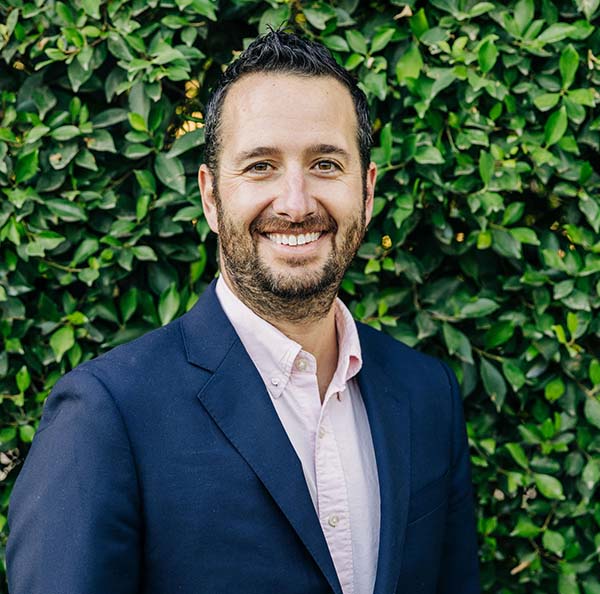In Newburgh, NY, a group of educators stopped waiting for the next big initiative and began asking a simple, powerful question:
What can we do together, tomorrow, to move the needle on learning?
In partnership with The Core Collaborative, the Newburgh Enlarged City School District turned away from isolated excellence and toward systemwide coherence by embedding short, high-impact instructional routines into daily practice. Their goal wasn’t another initiative—it was shared execution and sustained improvement.
From Isolation to Impact
As Fullan (2021) notes, systemic improvement requires more than good ideas—it demands a culture of purposeful execution. In Newburgh, some classrooms already featured rich discourse and deep reasoning, while others lagged behind—not because of teacher capacity, but because of a lack of shared routines and clarity about what worked.
To close this consistency gap, district leaders focused on the purposeful implementation of a few research-informed instructional moves (McDowell, 2022). Rather than rely on inspirational speeches or detailed plans, the district asked every team to select one routine and implement it with intentionality across a three-week cycle.
The Routine Effect
This short-cycle model helped teachers translate knowledge into action, a move supported by implementation research showing that frequent feedback and structured repetition are key to sustainable change (Fixsen et al., 2005). PLCs engaged in a cycle of inquiry:
- Identify a Need – Teams examined student discourse data and found two core gaps: limited academic dialogue and underuse of complete, content-rich sentences.
- Select a Routine – Teachers adopted strategies like cold-calling with academic prompts and structured partner talk with scaffolds such as conjunctions and sentence stems.
- Follow Through Together – The district mantra became “Who does what by when?” (McDowell, 2024).
Evidence of Impact
Results from this targeted approach included:
- 65% of teachers implemented a new routine; 34% refined an existing one.
- 88% of secondary educators indicated they would continue using the practice after the cycle, signaling durable cultural adoption.
- Student discourse shifted measurably, with movement from Levels 2–3 to Levels 4–6 on the Academic Discourse Continuum (McDowell, 2025).
- In walk-throughs, over 75% of observed classrooms showed student talk aligned to team goals.
These outcomes confirm what research on collective efficacy has long supported: shared teacher practice is a stronger driver of student achievement than individual excellence alone (Hattie, 2015).
Building Culture, Not Compliance
Professional learning was reimagined using a simple framework: See One, Do One, Teach One, Support All—a model that reflects the principles of peer coaching and cognitive apprenticeship (Collins et al., 1989).
This was not a top-down rollout. Teachers modeled, filmed, coached, and shared routines across grade levels and subjects. “It became normal to ask: What’s working for your students? Can I try that?” one educator reflected.
A Culture Defined by Purposeful Practice
As James Clear (2018) explains, “We don’t rise to the level of our goals, we fall to the level of our systems.” In Newburgh, that system is built on shared routines. And those routines are turning instructional clarity into schoolwide culture—one habit at a time.
References
- Clear, J. (2018). Atomic habits: An easy & proven way to build good habits & break bad ones. Avery.
- Collins, A., Brown, J. S., & Newman, S. E. (1989). Cognitive apprenticeship: Teaching the crafts of reading, writing, and mathematics. In L. B. Resnick (Ed.), Knowing, learning, and instruction: Essays in honor of Robert Glaser (pp. 453–494). Lawrence Erlbaum Associates.
- Fixsen, D. L., Naoom, S. F., Blase, K. A., Friedman, R. M., & Wallace, F. (2005). Implementation research: A synthesis of the literature (FMHI Publication #231). University of South Florida, Louis de la Parte Florida Mental Health Institute.
- Fullan, M. (2021). The right drivers for whole system success. Center for Strategic Education.
- Hattie, J. (2015). The applicability of Visible Learning to higher education. Scholarship of Teaching and Learning in Psychology, 1(1), 79–91.
- McDowell, M. (2022). The lead learner: Improving clarity, coherence, and capacity for all. Mimi & Todd Press.
- McDowell, M. (2024). A Visual, Step-By-Step Guide for Re-Envisioning Rigor: Powerful Routines for Promoting Learning at High Levels. Mimi & Todd Press.
- McDowell, M. (2025). Academic Discourse Continuum. Unpublished manuscript.



